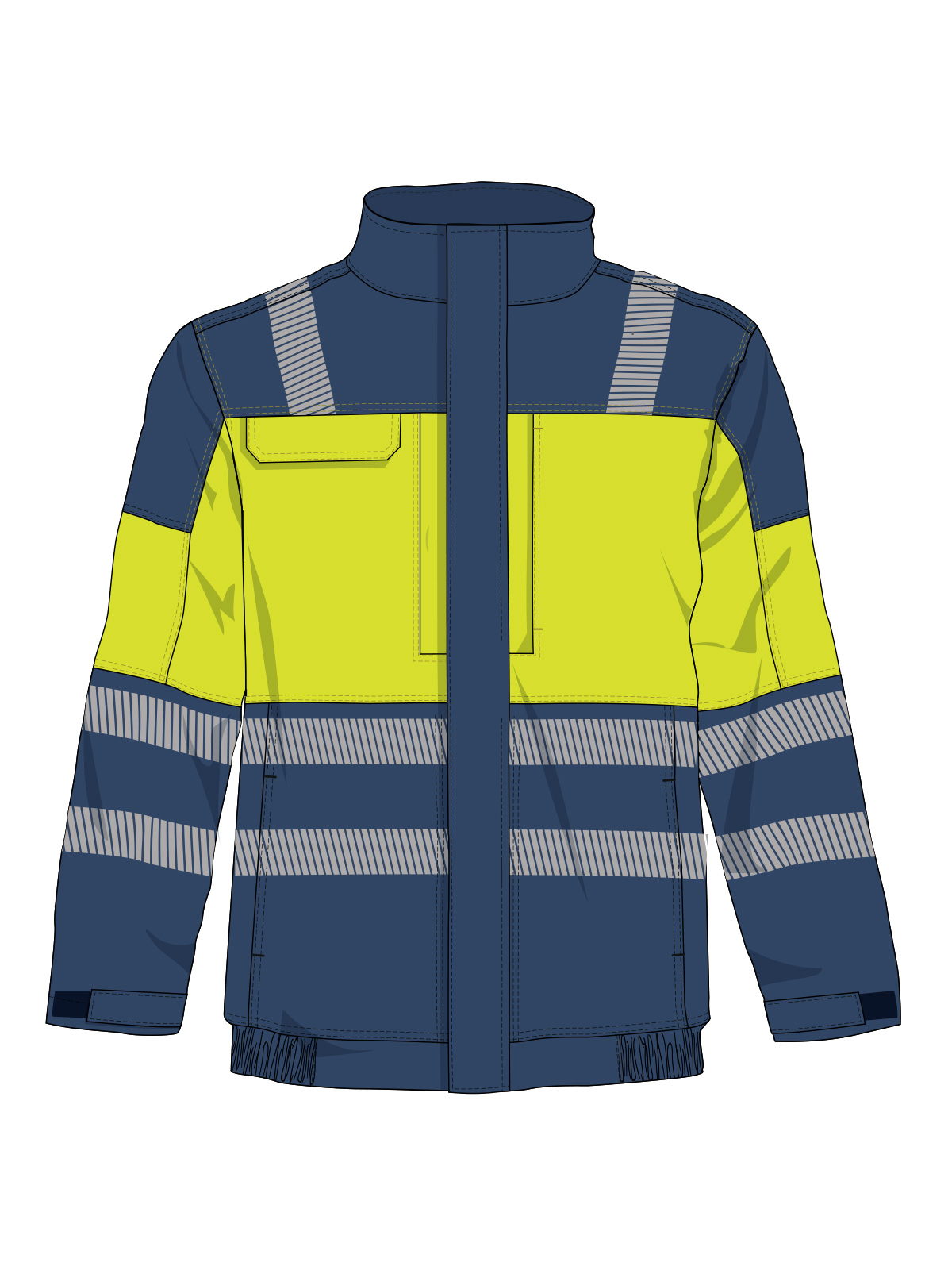Flame-resistant (FR) clothing is designed to protect workers from the hazards of electric arcs, flash fires, and other thermal hazards. These garments are made from materials that are designed to withstand high temperatures and prevent ignition, making them an important component of workplace safety. However, there is a common concern that FR clothing may contribute to heat stress, a condition that occurs when the body is unable to dissipate heat effectively. In this article, we will explore the relationship between FR clothing and heat stress.
What is Heat Stress?
Heat stress is a condition that occurs when the body is unable to dissipate heat effectively, leading to an increase in body temperature. This can be caused by a number of factors, including high temperatures, high humidity, and physical exertion. Symptoms of heat stress can include fatigue, weakness, dizziness, headache, and nausea, and if left untreated, it can lead to more serious conditions such as heat exhaustion and heat stroke.
How Does FR Clothing Contribute to Heat Stress?
FR clothing is designed to protect workers from the hazards of thermal exposure, but it can also contribute to heat stress in certain situations. The main way that FR clothing contributes to heat stress is by reducing the body’s ability to dissipate heat. This is because FR clothing is often made from materials that are not breathable, which can trap heat and moisture next to the skin.
In addition, FR clothing can also add insulation to the body, which can increase heat retention. This is especially true for multi-layer FR clothing systems, which are designed to provide increased protection but can also increase the risk of heat stress. When workers are wearing multiple layers of FR clothing, it can be difficult for the body to dissipate heat effectively, which can lead to an increase in body temperature.
Another way that FR clothing can contribute to heat stress is by restricting movement and reducing the ability to perform tasks efficiently. This can increase physical exertion, which can in turn increase the body’s temperature and lead to heat stress.
How Can Heat Stress from FR Clothing be mitigated?
While FR clothing can contribute to heat stress, there are several steps that can be taken to mitigate this risk. One of the most important steps is to choose FR clothing that is made from breathable materials. This can help to reduce the amount of heat and moisture that is trapped next to the skin, which can improve heat dissipation and reduce the risk of heat stress.
In addition, it is important to choose FR clothing that is appropriate for the specific work environment. This can include clothing that is designed for hot or humid conditions, or clothing that is designed to be worn in layers to allow for better temperature regulation.
Another way to mitigate the risk of heat stress from FR clothing is to ensure that workers are taking regular breaks and drinking plenty of fluids. This can help to prevent dehydration and improve heat dissipation, reducing the risk of heat stress.
Finally, it is important to provide workers with training and education on the risks of heat stress and how to prevent it. This can include information on the signs and symptoms of heat stress, as well as strategies for staying cool and hydrated while wearing FR clothing.
Conclusion
Flame-resistant (FR) clothing is an important component of workplace safety, but it can also contribute to heat stress in certain situations. By choosing FR clothing that is made from breathable materials, appropriate for the specific work environment, and by providing workers with training and education on the risks of heat stress, employers can help to mitigate this risk and ensure that workers stay safe and protected while on the job.



